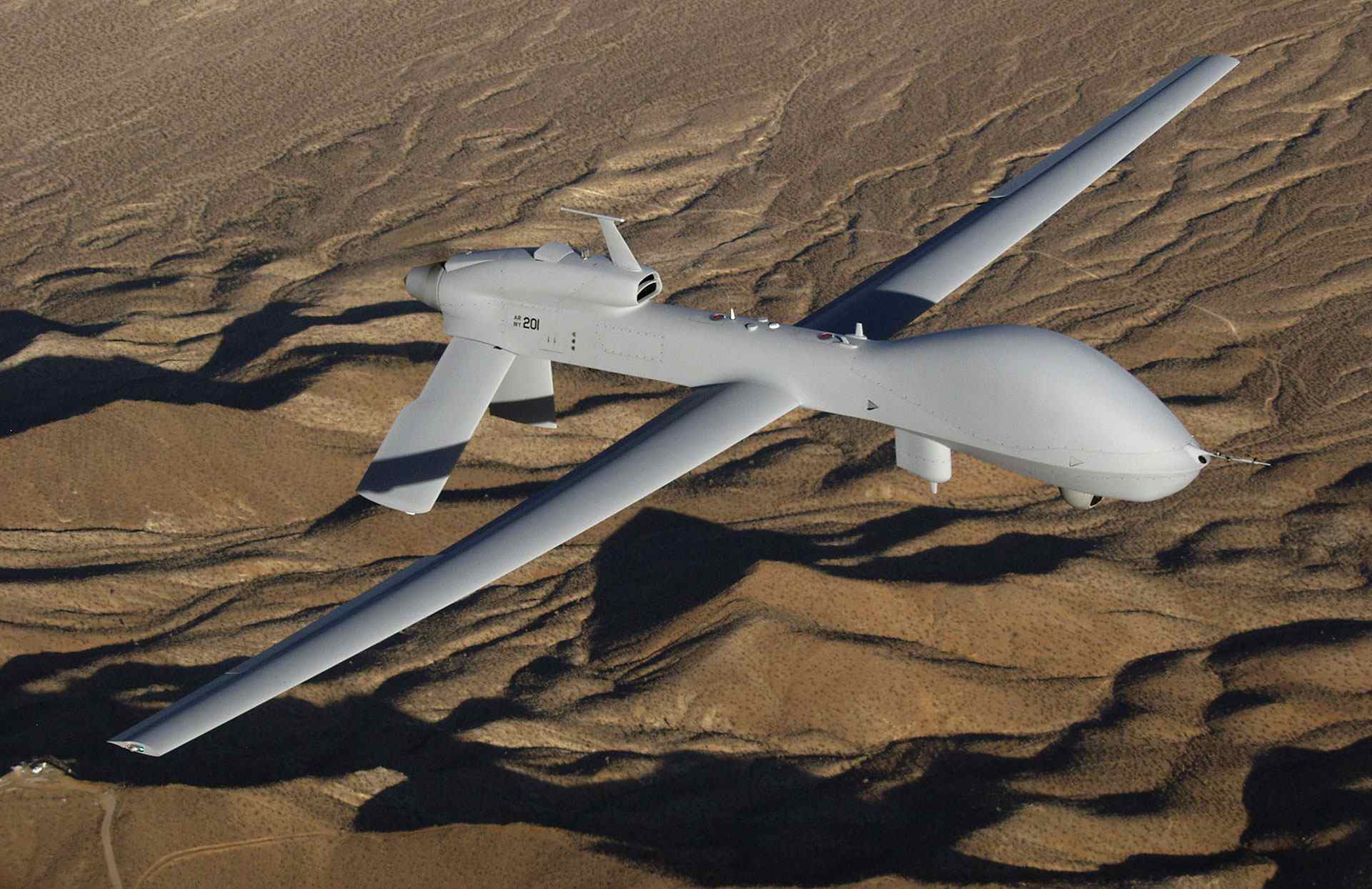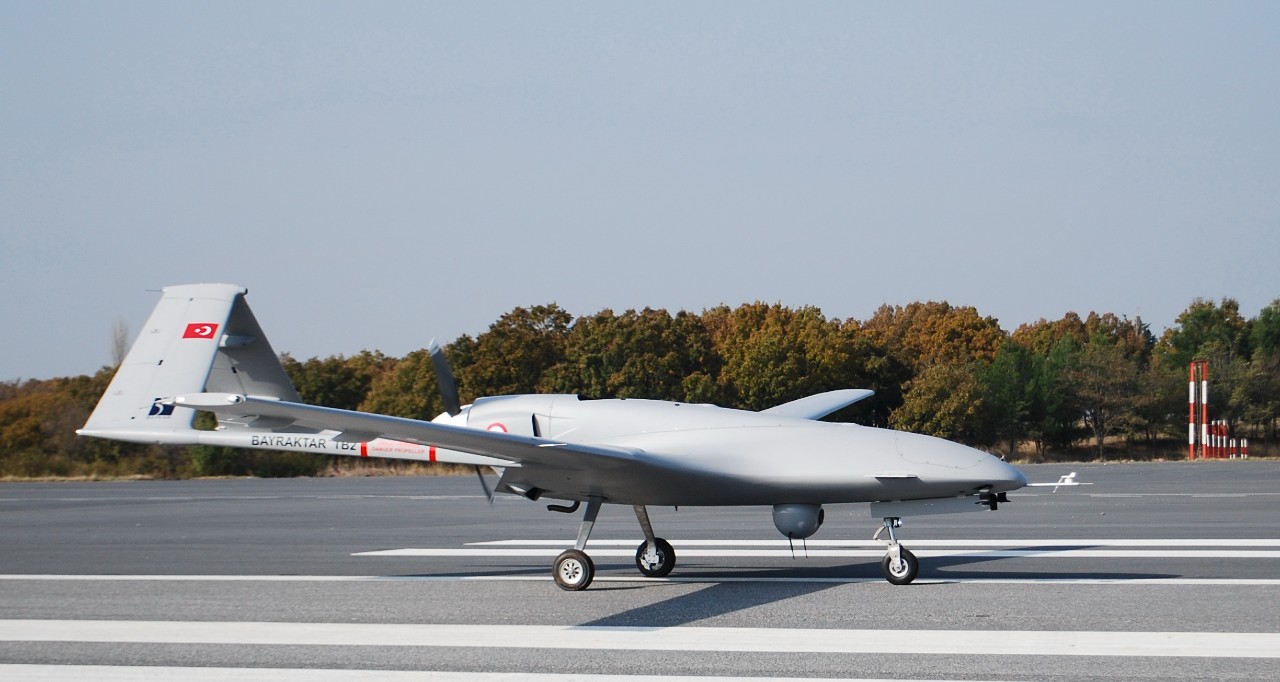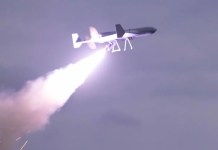Ukraine hopes to acquire more powerful weapons from the US and other NATO nations to counter the Russian offensive amid the continued bombardment of its cities and critical infrastructure.
Amid reports and counter reports, it is learned that the US could supply Ukraine with a downgraded version of its cutting-edge Gray Eagle MQ-1Cs to keep the American tech secrets from falling into Russian hands.
According to sources cited by CNN, the US has been exploring what modifications can be made to the Gray Eagle drones so that even if some of them are lost, there is less risk of disclosing sensitive technology, thereby possibly increasing the chances of Ukraine receiving them.
The Wall Street Journal (WSJ) reported earlier this month that the Pentagon declined Ukraine’s request for Gray Eagles because of concerns that providing these drones to Kyiv could escalate the conflict and signal to Moscow that the US is supplying weapons with the capability to hit targets inside Russia.
According to the sources cited by WSJ, while the officials are worried about the sensitive technology inside the drone that could be stolen, those concerns were not a central aspect of the decision.
However, the latest CNN report cites US officials, saying that the “concern is less about escalation than technological security.”
“These are very expensive systems, and there are concerns that they could be shot down,” a US official told CNN while refraining from divulging any further details about the parts of the drone that would pose the most risk if they end up in Russian hands.
That said, the discussions about the potential supply of the Gray Eagle are still ongoing if the CNN report is anything to go by. A Ukrainian official told the outlet that Kyiv has not yet given up on the drone.
“We are pushing back; we didn’t give up. This is about survivability [for Ukraine],” the Ukrainian official said.
Supply Of Gray Eagle Drones To Ukraine
The US Army is reportedly leading the efforts to study what changes are possible to the drone.
“There are specific and very technical tweaks and neutering that can be done to these that may make it possible in the nearer term,” a congressional official told CNN. “But those things take time and are fairly complex.”
While the US officials kept mum on what technology onboard the Gray Eagle is the most sensitive, experts suggest the technology in question is most probably related to the imaging and intelligence-gathering capabilities and sensors.
According to a Politico report in August, the Pentagon is concerned about a Raytheon Technologies-made electro-optical/infrared ball on the Gray Eagle drone, known as the Multi-Spectral Targeting System (MSTS). It provides real-time intelligence, targeting, and tracking to its operators.

As stated earlier, the range of the drone is also a concern, as it would enable Ukrainian forces to carry out strikes inside Russian territory.
Without any changes, a Gray Eagle drone can fly at an altitude of up to 7,620 meters for roughly 30 hours. Its operational range with combat payload is only around 480 kilometers, but it has a ferry range of more than 4800 kilometers.
Ukrainian forces have demonstrated their ingenuity throughout the war by using hobby drones modified for strike and surveillance. So it would seem technically possible for the Ukrainians to use the Gray Eagle drone with a reduced missile load or even a small bomb to carry out strikes deep inside Russia, such as in Moscow or St. Petersburg.
Gray Eagle Drones Would Offer More Capabilities Than Bayraktar Drones
The leading attack drone in Ukraine’s arsenal is the Turkish-made TB-2 Bayraktar drone. However, with the introduction of Gray Eagle, Ukrainian forces would get a high-endurance unmanned system with capabilities surpassing that of the TB-2.

A Gray Eagle can carry up to four roughly 100-pound (around 45 kilograms) Hellfire missiles, which is more than double the four 49-pound (about 22 kilograms) laser-guided “smart micro” bombs.
Also, an MQ-1C can carry robust internal sensors and external podded systems, like radars and electronic warfare systems.
However, the Gray Eagle can only fly at a maximum speed of 173 miles per hour (or roughly 278 kilometers per hour) and cruise at a speed of 155 miles per hour (or approximately 250 kilometers), which means it is easy to shoot down for the Russian air defense fighters and anti-aircraft missiles.
This has also been a problem with Bayraktar drones, which have a top speed of around 222 kilometers per hour.
In the initial months of the war, the TB-2 drones were instrumental in destroying Russian armored columns and troops marching toward the capital Kyiv. However, from June onward, these drones started becoming less effective in the face of threats posed by Russian air defenses in the eastern Donbas region.
- Contact the author at tanmaykadam700(at)gmail.com
- Follow EurAsian Times on Google News




